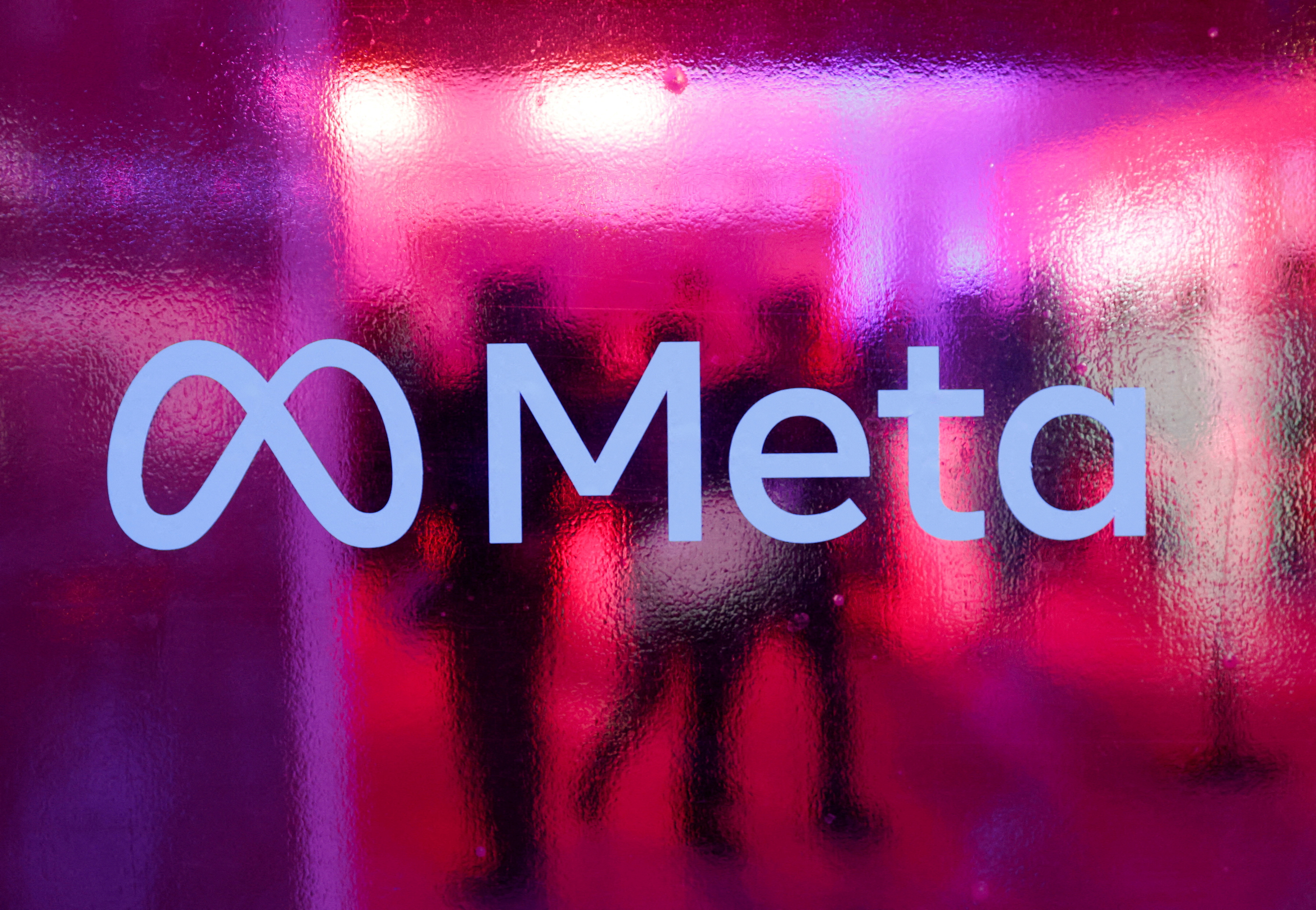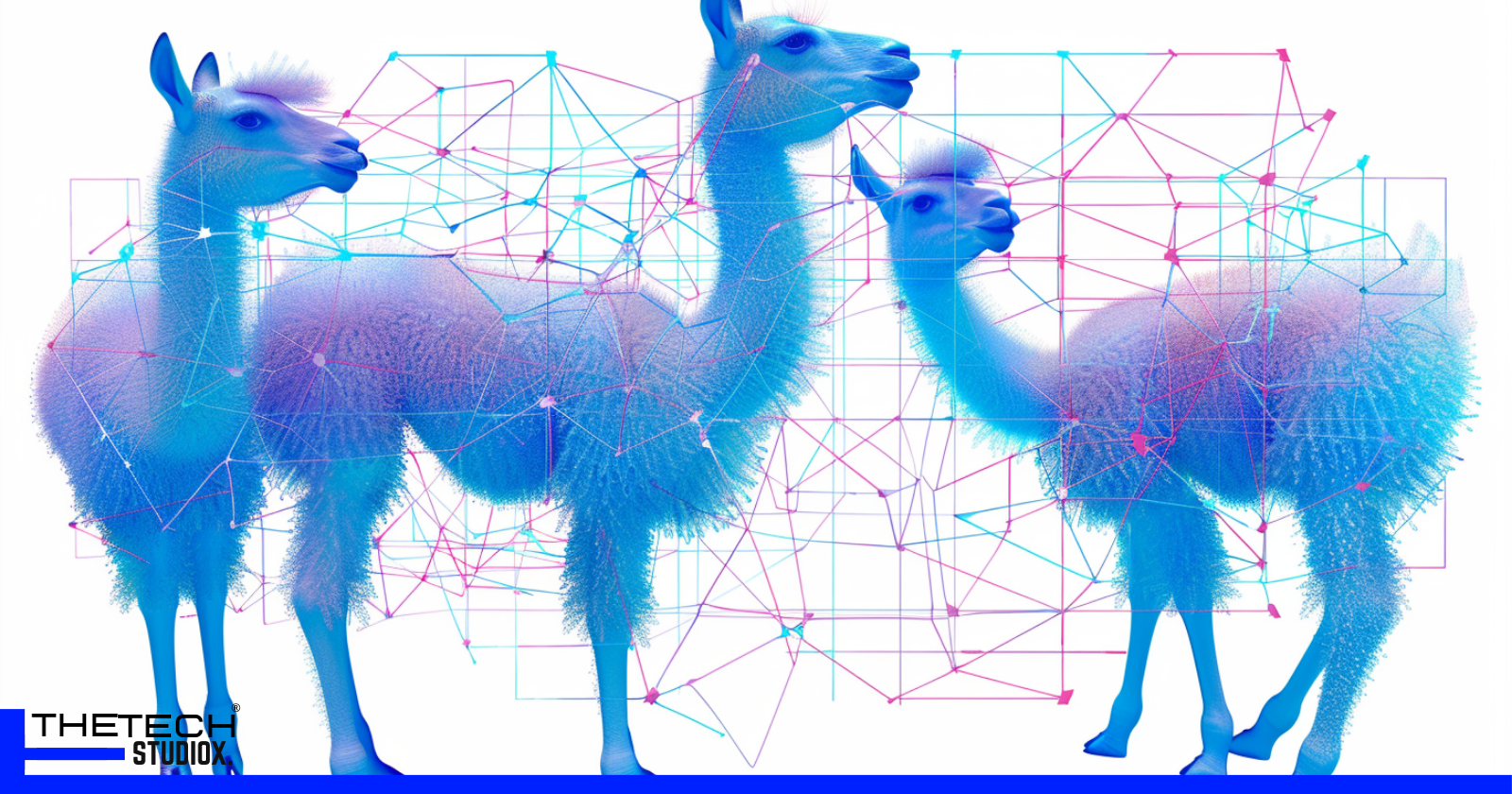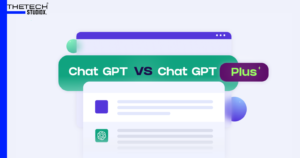Table of Contents
Meta Llama 3 Expectations
Meta is set to shake up the AI tech landscape with its forthcoming Llama 3 large language model (LLM). This highly-anticipated release has stirred excitement in the tech and AI communities, particularly due to its expected advanced capabilities, open-source nature, and potential to rival leading models like GPT-4. As we wait for the launch, let’s delve into the Meta Llama 3 expectations, discussing the potential features, release date, and performance.

Enhanced Capabilities and Performance
The Llama 3 model is projected to be a significant advancement in terms of performance and capabilities. One of the key Meta Llama 3 expectations is its enhanced ability to handle tasks and provide nuanced answers.
Its estimated parameter count of up to 140 billion suggests an increase in the model’s capacity to handle more complex tasks. This level of computational power could lead to more accurate responses to a wider range of queries, including those of a controversial nature.
These enhancements aim to address the criticisms faced by its predecessor, Llama 2, for its limitations and set a new standard for large language models.
Open-Source Accessibility
Meta Llama 3 is expected to follow the open-source model, much like its predecessors. Open-source models democratize access to advanced AI technology, allowing developers and researchers to freely use the model and integrate it into their applications without incurring costs.
The open-source nature of Llama 3 plays a significant role in fostering innovation and collaboration within the AI community. By making the model freely available, Meta aims to enhance the overall development of AI technology by allowing researchers and developers worldwide to contribute to its evolution.
Multimodal Capabilities
A crucial Meta Llama 3 expectation is its multimodal capabilities. The new model is predicted to understand both visual and text inputs, marking a significant advancement over previous models.
This enhanced capability can lead to the development of more versatile applications. For instance, chatbots powered by Llama 3 could understand and generate responses based on images or videos, in addition to text, significantly improving user interactions and experiences.
Competition with GPT-4
Llama 3 is poised to compete directly with OpenAI’s GPT-4, one of the most advanced LLMs currently available. With its enhanced capabilities and open-source model, Llama 3 could offer a compelling alternative to GPT-4.
This expected rivalry underscores the rapidly evolving field of AI technology and the ongoing race to develop more powerful and versatile LLMs. The tech and AI communities are keenly watching this space, anticipating Llama 3’s potential impact on the industry.
Addressing Previous Limitations
Meta aims to address the limitations observed in the Llama 2 model with the release of Llama 3. Efforts to improve the model’s responses and make it less restrictive signify a move towards creating a more useful and versatile AI assistant.
These enhancements align with the overall goal of developing an AI model that can handle complex tasks and provide more accurate and nuanced responses. This signifies Meta’s commitment to continuous improvement and its aim to set new benchmarks in the field of AI.
Anticipation and Speculation
The forthcoming release of Llama 3 has generated considerable anticipation and speculation in the AI community. Discussions revolve around potential features and improvements, including native multimodality, multilingual support, and major architectural advancements for speed, context, and efficiency.
With the expected release of Llama 3, Meta is poised to make a significant impact in the AI landscape, setting new benchmarks for LLMs and potentially transforming the way we interact with AI technology.
Conclusion
In conclusion, the Meta Llama 3 expectations center around its advanced capabilities, open-source nature, and potential to compete with leading models like GPT-4. As the tech and AI communities eagerly wait for its release, it’s clear that Llama 3 has the potential to significantly impact various applications and industries. The anticipation surrounding Llama 3 underscores the rapidly evolving landscape of AI technology and the ongoing race to develop more powerful and versatile LLMs.
FAQs
The small versions of Llama 3, specifically the 7B, 13B, and 30B parameter options, are designed to provide a balance between performance and resource requirements. These versions are expected to be less resource-intensive than the larger 65B and 100B+ parameter versions, making them suitable for a range of applications and use cases.
Llama 3 is a highly anticipated large language model (LLM) from Meta, expected to be a significant leap forward in terms of capabilities and performance. While direct comparisons to GPT-4 are not yet available, Llama 3 is expected to have enhanced reasoning abilities, improved responses to controversial queries, and potential multimodal capabilities, allowing it to process and understand both text and visual inputs.
The full version of Meta’s Llama 3 AI model is expected to be released in July. This release follows an initial plan to drop a small version of Llama 3 as early as next week, with the full model set for release in July. The larger, multi-modal versions of Llama 3 are anticipated to be available later in the year, with Meta aiming to roll out several different models with varying capabilities and versatilities throughout the year.




